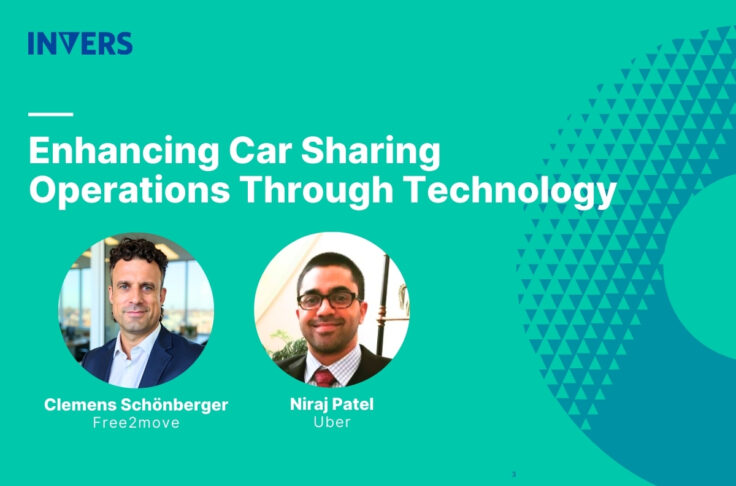One Reason Why Shared Mobility Isn’t More Prevalent
Summary
Psychological factors play a strong role in people’s decision-making process on what mode of transportation to take. As a result, this helps explain why shared mobility services still face a low adoption rate in North America.

Mobility research shows consumer hesitancy
We read it in the media all the time: technology is making products smarter, helping people get the job done faster, etc. etc. In regard to technology and mobility, there’s a constant stream of coverage on the latest autonomous vehicle advancement and new mobility service entering the market. It’s important to have comprehensive coverage on these innovations because otherwise, the average person would not know what changes are happening in the industry, and how they may be affected.
However, even though we are told about this, and we can see the research supporting these new mobility offerings, the chances of widespread consumer adoption are minimal, at least in the near future. According to research conducted by Deloitte Insights, people may be hesitant to change their consumer habits even though they are familiar with the potential benefits and gains. The basis of this action is rooted in psychological perception.
Biases towards new mobility offerings
Specifically, humans inherently have cognitive biases that impact their decision-making. In the context of new mobility offerings, there is a tendency to accept and prefer the status quo, whether that means choosing to drive a personal vehicle or take public transportation. There is a barrier to accepting new products and services because of the endowment effect, which is when individuals prefer what is already in their possession. As a result, a new mobility option would not be seriously considered unless an individual had a negative experience with their personal vehicle, such as having high insurance rates or an old vehicle that cost a lot to maintain.
Humans are also less rational in certain situations, even when facts are presented. For example, statistics show that in the United States, 90% of vehicle accidents are caused by human error; hypothetically, automated vehicles or connected cars would be able to minimize the number of accidents that occur. However, drivers believe they are safer by driving themselves and that there is less risk of an accident occurring, even though statistics prove otherwise.
The experiments conducted to reveal these biases in mobility acceptance pose a challenge for mobility players, who will face a slow adoption rate of its products and services. Consumers will likely need social proof to overcome any negative perceptions they have on new mobility services.
Operators need to understand consumer needs
For mobility operators, there remains the challenge of framing technology benefits that the consumer will not just understand, but accept as well. Deloitte Insights shares a framework on communication strategies to foster greater user adoption, such as reframing statements and slowly introducing new features to existing product.
At its core, we believe one of the simplest ways to get a message across is by building a habit and helping users to understand the benefits in a way they will engage in. This means shared mobility operators need to understand user needs and educate accordingly. There is often a gap between product features and consumer needs. What the features include may not relate to the consumer, or they may have difficulty understanding the application or use-case. As a result, mobility operators need to deeply understand how their technology will fill an unmet need. One of the most effective ways to communicate the technology is through storytelling. Storytelling gives you the ability to engage users on an emotional level and guide them past any preconceived notions they may have regarding shared mobility. Education, as a result, touches on practical standpoints as well as emotional benefits for a user.
Overcome challenges in shared mobility
While it is hard to get people to adopt new habits, embracing new mobility options are habits that will be beneficial to individuals and the greater community. Shared mobility is the opportunity for reduced congestion in cities, improved quality of life for individuals, and a greater sense of community among citizens. Without shared mobility, roads will not be able to accommodate for the projected population growth, and individuals’ health will be at risk due to pollution. Shared mobility providers, government, and other stakeholders need to overcome the biases built into society in order to pave the way for the future of mobility.
For more insights, read the full article on “Using behavioral economics to accelerate consumer adoption” by Deloitte Insights.


